Formula TeO2 Molar mass 159.6 g/mol Boiling point 1,245 °C | Melting point 733 °C Density 5.67 g/cm³ Appearance white solid | |
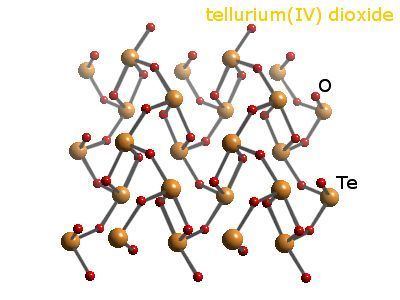 | ||
Tellurium dioxide
Tellurium dioxide (TeO2) is a solid oxide of tellurium. It is encountered in two different forms, the yellow orthorhombic mineral tellurite, β-TeO2, and the synthetic, colourless tetragonal (paratellurite), α-TeO2. Most of the information regarding reaction chemistry has been obtained in studies involving paratellurite, α-TeO2.
Contents
- Tellurium dioxide
- Tellurium dioxide market upstream raw materials and downstream demand forecasts to 2020
- Preparation
- Physical properties
- Chemical properties
- Structure
- Uses
- Safety
- References
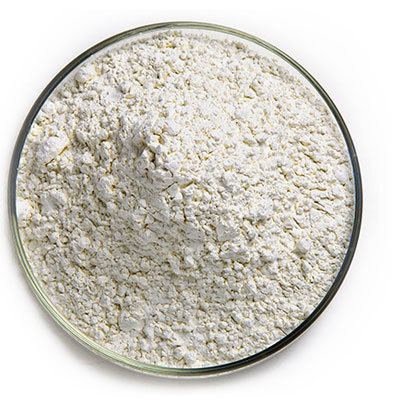
Tellurium dioxide market upstream raw materials and downstream demand forecasts to 2020
Preparation
Paratellurite, α-TeO2, is produced by reacting tellurium with O2:
Te + O2 → TeO2An alternative preparation is to dehydrate tellurous acid, H2TeO3, or to thermally decompose basic tellurium nitrate,Te2O4.HNO3 above 400 °C.
Physical properties
The speed of sound in Tellurium dioxide is 4250 m/s.
Chemical properties
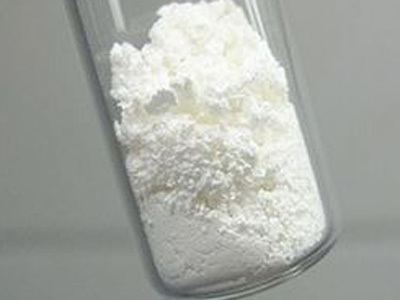
TeO2 is barely soluble in water and soluble in strong acids and Alkali metal hydroxides. It is an amphoteric substance and therefore can act both as an acid or as a base depending on the solution it is in. It reacts with acids to make tellurium salts and bases to make tellurites. It can be oxidized to telluric acid or tellurates.
Structure
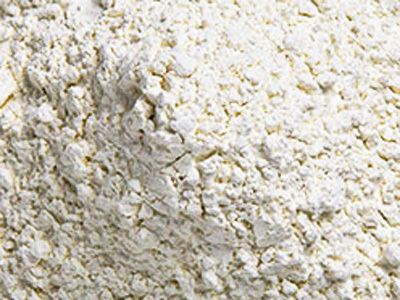
Paratellurite, α-TeO2, converts at high pressure into the β-, tellurite form. Both the α-, (paratellurite) and β- (tellurite forms) contain four coordinate Te with the oxygen atoms at four of the corners of a trigonal bipyramid. In paratellurite all vertices are shared to give a rutile-like structure, where the O-Te-O bond angle are 140°. α-TeO2 In tellurite pairs of trigonal pyramidal, TeO4 units, sharing an edge, share vertices to then form a layer. The shortest Te-Te distance in tellurite is 317 pm, compared to 374 pm in paratellurite. Similar Te2O6 units are found in the mineral denningite.
TeO
2 melts at 732.6 °C, forming a red liquid.
Uses
It is used as an acousto-optic material.
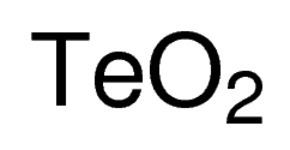
Tellurium dioxide is also a conditional glass former, which means it will form a glass with small molar% additions of a second compound such as an oxide or halide. TeO2 glasses have high refractive indices and transmit into the mid-infrared part of the electromagnetic spectrum, therefore they are of technological interest for optical waveguides. Tellurite glasses have also been shown to exhibit Raman gain up to 30 times that of silica, useful in optical fibre amplification.
Safety
TeO2 is a possible teratogen.
Exposure to tellurium compounds produces a garlic-like odour on the breath, caused by the formation of ethyl telluride.
